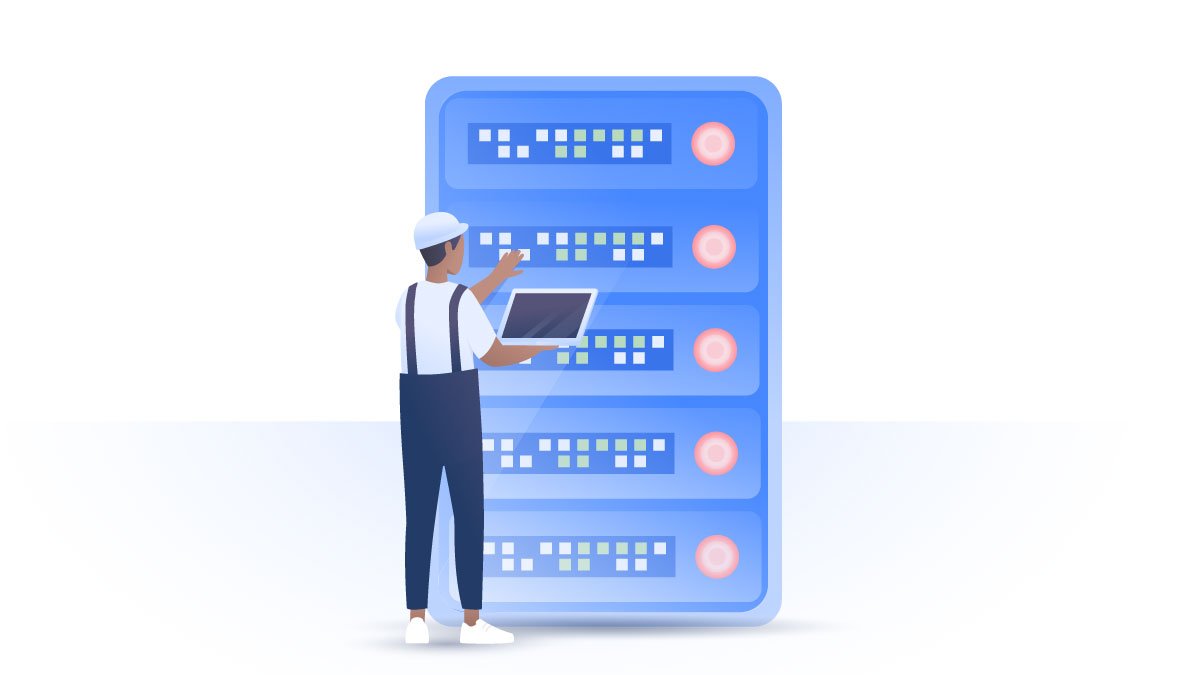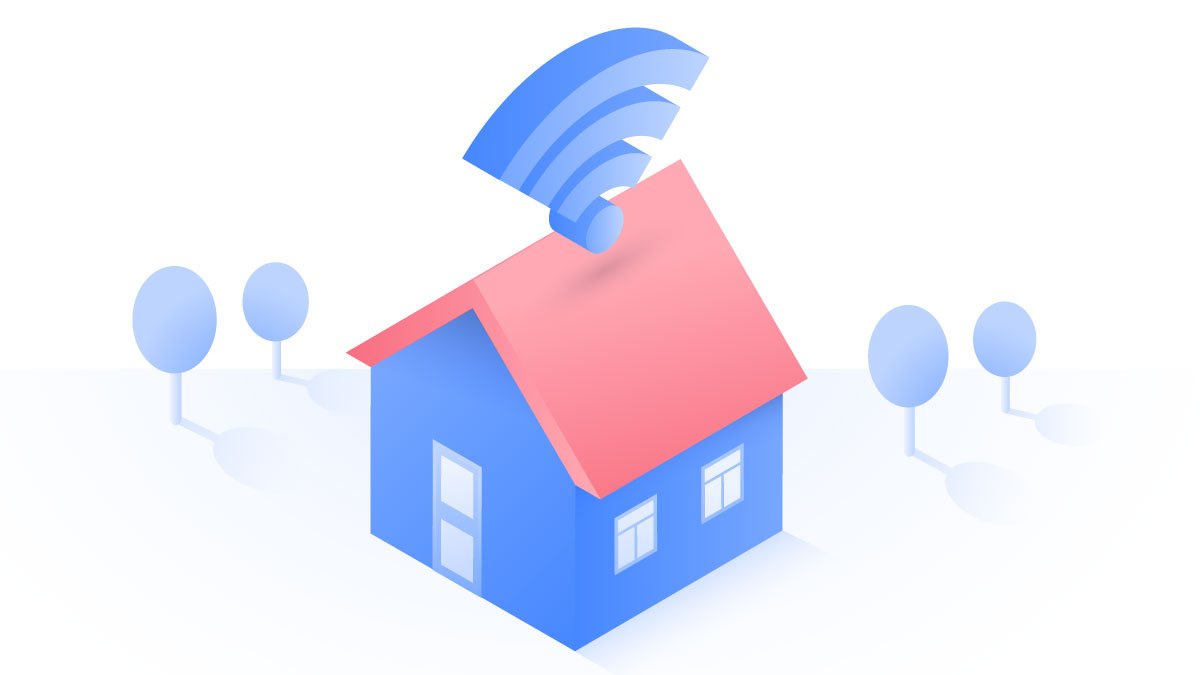What is packet sniffing and how can you avoid it?
We may think that if there are no surveillance cameras, no one is spying on us. But spying methods are far more concealed in the online world. So it might take us a very long time to notice that someone is checking or using our browsing patterns and personal data for their own benefit. One of the methods to do that is packet sniffing.
Paul Black
Jun 17, 2020 · 3 min read

What is packet sniffing?
Packet sniffing is the inspection of online traffic by using a packet sniffer (also known as a packet analyzer). Packet sniffers come in the form of both software and hardware.
People use packet sniffing for different reasons. Cybercriminals mainly practice packet sniffing for malicious purposes, such as:
- snatching sensitive and personal data (for example, your login credentials);
- monitoring someone’s online behaviour and patterns;
- injecting some malicious code into a segment;
- spying on businesses for confidential information.
Cybercriminals frequently use phishing tactics to infect users with malware that can initiate a packet sniffing attack.
Network technicians or admins also use packet sniffers to identify problems in a network. By analyzing the data provided by hardware sniffers, network technicians can determine issues such as failures in network request and response.
How does packet sniffing work?
When travelling across the network, our data is divided into smaller packets. The packets contain a lot of data about the sender, such as IP addresses, the nature of the request, and other content. This helps packets to reach their intended destinations and allows the receiving party to identify and assemble them.
Perpetrators can get hold of and inspect the packets during their journey. Using packet sniffing software, they convert the packet data into a readable form. In a way, this is similar to wiretapping, where stalkers plant a listening microchip in your telephone to hear your conversations. With packet sniffing, this is done by installing a virtual equivalent of a wiretap and analyzing the data piece by piece.
There are two types of packet sniffing: filtered and unfiltered. Filtered packet sniffing is when only certain packets are captured for inspection. Analyzers employ it when they look for specific data, checking only those parts that contain it. Sniffing is considered unfiltered when someone analyzes all the packets, no matter what data they contain. This usually allows to get a broader profile of the targeted users and their online habits.
If someone wants to inspect packets travelling to a certain website, they can target only those that are close to their final destination.
Why people use packet sniffing
Here are just a few uses for packet sniffing:
- Admins can use the tool to check employees’ network usage and inform them in case they encounter any malicious processes or websites;
- Cybercriminals use packet sniffers to steal someone’s data or inject malicious codes;
- Network technicians use it to diagnose network issues and scan incoming traffic for malicious codes;
- Corporations use packet analyzing to stalk rival companies or to surveil their employees;
- Government institutions and law enforcement agencies employ it for state surveillance purposes;
- Internet service providers can also use packet sniffing to monitor their customers’ traffic and possibly initiate bandwidth throttling;
- Advertisers employ this method to show users targeted content. They check the type of content users view and the ads on which they click to understand their interests. What’s more, they might go as far as to inject malicious ads into packets.
How to avoid packet sniffing
- Use a VPN service. What is a VPN? It will encrypt your traffic and hide your IP, so no one will be able to inspect it and see what you do online. Check our safe and easy-to-use NordVPN for top-notch protection and reliability;
- Avoid unreliable public Wi-Fi networks. Hackers can set up their own routers and monitor all the traffic that passes through them;
- Use a secure HTTPS protocol where possible. There are a number of extensions which can turn HTTP into HTTPS — just make sure you use safe and reliable ones. Still, it’s a good idea to use a VPN, as HTTPS does not encrypt all of your traffic. More on that here;
- Always update your security software;
- Avoid clicking on suspicious links or messages, as those often contain malware which hackers use for attacks.
Protect yourself from packet sniffing using the world's leading premium VPN


